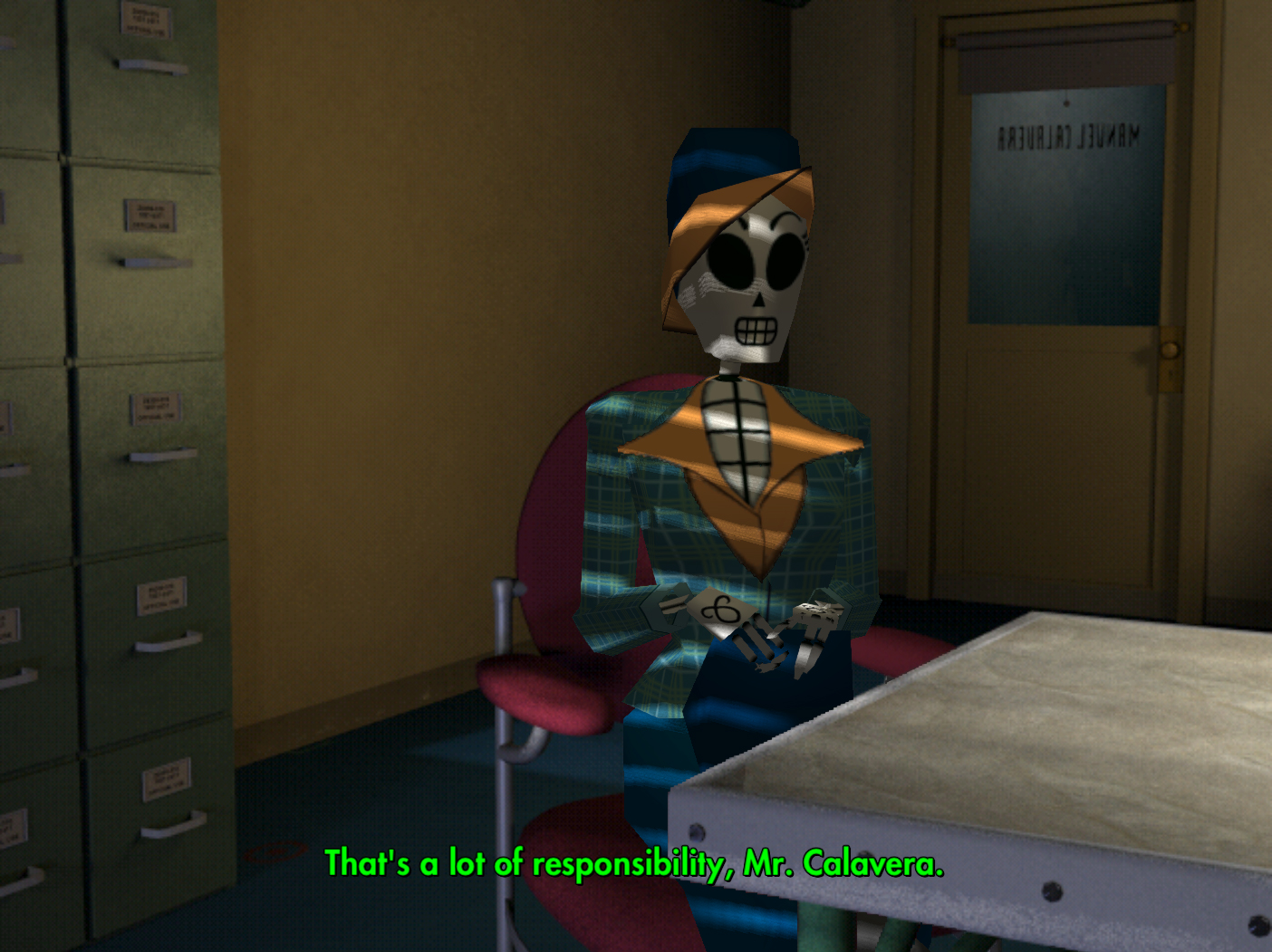

In 1991 a system known as iMUSE was developed by composers Peter McConnell and Michael Land during their time working for LucasArts (Collins 2008, p. IMUSE – The Interactive Music Streaming Engine Many approaches to this kind of dynamic scoring currently exist, but the focus of this article will be one of the earlier systems, which in some ways remains unsurpassed even to this day. The solution to this issue is to create a dynamic music system that is able to respond to the player’s actions in real time. 3) states: “While they are still, in a sense, the receiver of the end sound signal, they are also partly the transmitter of that signal, playing an active role in the triggering and timing if those audio events.” This means that the musical accompaniment must be flexible enough to allow for a number of eventualities, from the impatient player who rushes through the area to the player who stands still and listens to the score play out. The dilemma for the composer in this situation is that the length of time the player spends exploring before entering combat is entirely under the control of the player themselves. 166) notes that the most effective video game scores serve to enhance the entire experience of playing the game, stating that “any music that does not support this goal will remind the players of the meta-reality instead of providing them with a cohesive narrative experience”. Clearly these two scenarios will require different musical accompaniment, with an effective and seamless transition between the two. For example, a game may feature a section in which the player explores the level before entering combat. With interactive music, control of the musical structure is often handed over to the player, meaning that the composer must create music with this in mind.

In linear music the composer is able to dictate the exact form and structure of the music, controlling the length of each musical section to ensure the piece flows and evolves in an effective manner. When creating music for interactive games, the composer must take into account a number of additional considerations that do not usually present themselves when composing linear music.


 0 kommentar(er)
0 kommentar(er)
